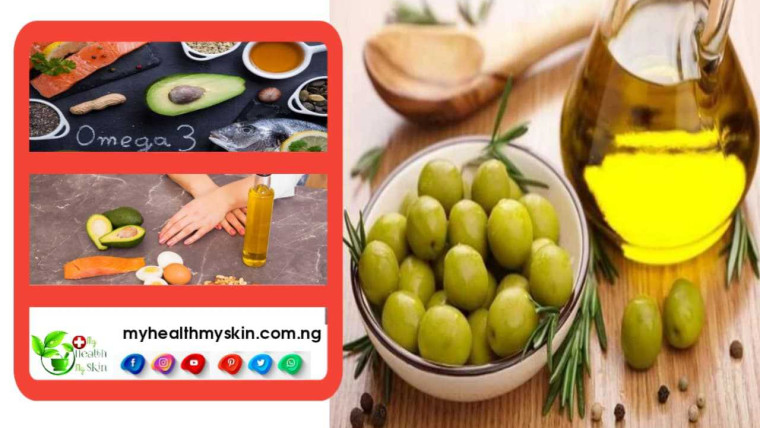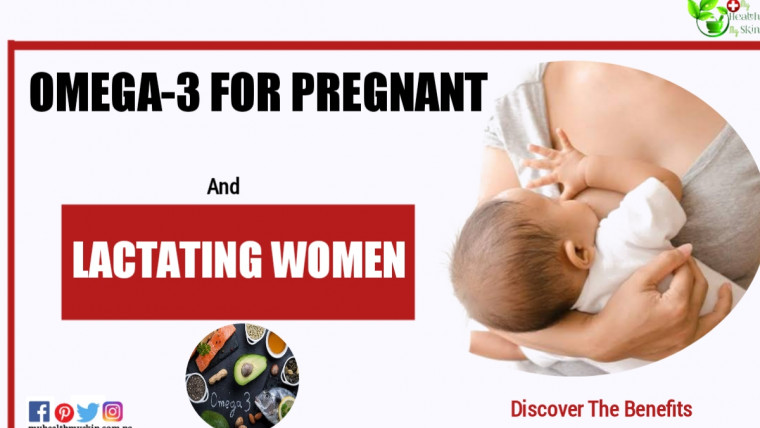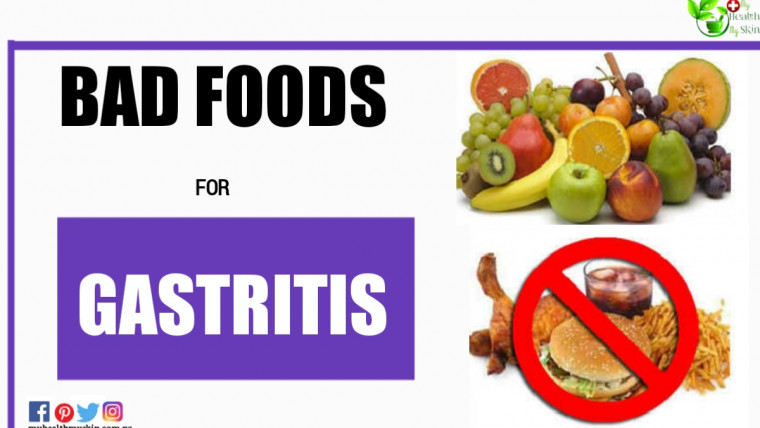Previously we made a post on What To Eat To Get Pregnant With Twins – 10 Nutritious Foods. Today, we’ll be talking about Fertility Diet to Get Pregnant.
A couple can be considered infertile when they have a sexual rhythm of at least three intercourses per month, in the fertile period, without using a contraceptive method, and still cannot get pregnant.
In May 2015, Brazil Post reported that, according to information from the Centers for Disease Control and Prevention (CDC), approximately 6% of married women between the ages of 15 and 44 in the United States are unable to conceive. even after spending a year having sex without using contraceptive methods.
Already around 12% of women in the country in the same age group have difficulties conceiving or carrying a pregnancy to term, regardless of their marital status. According to the World Health Organization (WHO), one in 10 Brazilian couples suffers from infertility problems.
30% of the cases the problem of infertility is found in the man and in 20% of the time the complication resides in the body of women.
[lwptoc]
Fertility Diet To Get Pregnant
First of all, we need to say that there is no fertility diet to get pregnant in a magical way, but dietary guidelines that serve to stimulate fertility and help a healthy pregnancy once conception has taken place.
The idea of the method is to include foods that are sources of nutrients necessary for the functioning, balance and production of hormones, for the development of the fetus, egg health, sperm health and blood health.
One of the aspects of the fertility diet to get pregnant is the natural fertility diet. It is based on the following guidelines:
1. High Consumption Of Organic Fruits And Vegetables
Because they are more nutritious and do not contain herbicides and pesticides, which negatively affect the fertility of both men and women.
2. Eat Whole, Natural, Organic And Pasture-fed Dairy Products
Dairy products that are not organic should be avoided because they have added hormones and antibiotics that contribute to the elevation of estrogen levels in the body. Excess estrogen in women can bring, among other problems, the decrease or loss of fertility.
As for dairy, it’s still important to know that milk and cheese can congest the body. And in cases of conditions like endometriosis and polycystic ovary syndrome, dairy products can make the condition worse.
3. Eat Fish From Cold Water
This includes cod, wild Alaskan salmon and Alaskan halibut. Fish are important because they help regulate women’s menstrual cycle and help produce hormones, thanks to their omega 3 content. However, deep-sea varieties such as ahi tuna, swordfish and Chilean sea bass should be avoided because of their amounts of mercury.
As well as farmed salmon, which should be replaced by wild salmon, as farmed salmon have antibiotics and toxic dyes.
4. Consume Organic Meat From Animals Fed On Pasture
Meat from livestock is often high in hormones and antibiotics, which can contribute to the estrogen dominance condition, which is associated with reduced or lost fertility.
A 2004 study published in Human Reproduction indicated that high consumption of red meat is associated with an increased risk of having endometriosis. Hence the importance of consuming small and moderate amounts of organic and grass-fed red meat in the fertility diet to get pregnant.
5. Eat Only Organic And Free-range Chickens
That’s because conventionally raised chickens can be kept in not very clean and overcrowded conditions, in addition to receiving genetically modified and non-organic feed.
6. Eat Only Natural, Whole Grains
The fiber, vitamins, and immune-boosting properties of grains are important. However, it is necessary to avoid refined grains such as white bread, semolina pasta and white rice and give preference to wholegrain or sprouted breads, wholegrain pasta, brown rice and quinoa.
7. Consume Fiber
Since we’re talking about them, they’re important for regulating blood glucose levels, which helps reduce infertility-related problems like polycystic ovary syndrome, as well as promoting healthy hormonal balance. Some examples of foods that have the nutrient are: fruits, vegetables (especially leafy greens) and beans.
8. Avoid Soy
Any form of soy, as well as processed foods made from it, negatively affect hormonal balance. The only exceptions to the fertility diet to get pregnant are for fermented products like miso and tempeh. For those who have hypothyroidism , soy should be completely eliminated from the diet.
9. Avoid Refined Sugar And Pasteurized Juices
Pasteurized juices sold in bottles contain concentrated sugar, which can impair blood glucose levels and negatively influence the immune system. It is also recommended to replace refined and processed sugar with honey, stevia sweetener or maple syrup.
10. Drink Plenty Of Clean Water
It is important to drink plenty of water, however, you also need to make sure it is clean, purified and filtered. Tap water should be rejected and bottled water should be avoided due to the fact that substances found in plastic packaging can contribute to hormonal imbalance.
11. Foods That Cannot Be Missing From The Fertility Diet To Get Pregnant
Eggs, nuts, seeds, grass-fed meat, green leafy vegetables, fruits, colorful vegetables (variety of vegetables in a variety of colors), fish, liver, lentils, beans and unpasteurized dairy products from grass-fed animals and fermented.
12. Foods That Should Be Excluded From The Diet
Sugar, soda, pasteurized juices, caffeine, soy-based foods, genetically modified foods and highly processed zero-fat foods.
Important Nutrients For The Fertility Diet To Get Pregnant
Now let’s get to know which nutrients are important for the fertility diet to get pregnant, how to get them and find out why they should appear in the diet:
- Vitamin D: found in eggs, fatty fish, cod liver oil and obtained from sun exposure. It is important for the creation of sex hormones and impacts the balance of ovulation and hormones.
- Vitamin E: present in sunflower seeds, almonds, olives, spinach, papaya and leafy green vegetables, it is an important antioxidant to protect the sperm and the DNA integrity of the egg, in addition to having been linked by studies to the benefit of improving the health and the ability of sperm to move.
- Coenzyme Q10 (CoQ10): difficult to obtain through the diet, it is acquired through dietary supplements. Necessary for every cell in the body, it protects DNA, improves the health of eggs and sperm, and is important for sperm locomotion.
- Vitamin C: Citrus fruits, broccoli, cranberries, tomatoes, potatoes, cabbage and red peppers provide the nutrient. A study published in the publication Fertility and Sterility indicated that the vitamin improves the fertility of women with an abnormality in the luteal phase, which is the last phase of the menstrual cycle. Vitamin C can even improve sperm quality and protect it from DNA damage, which reduces the chance of miscarriage and chromosomal problems. The nutrient also prevents the sperm from clumping together, so they have better locomotion.
- Lipoic acid: compound found in small amounts in potatoes, spinach and red meat. Antioxidant that protects the reproductive organs of women, as well as improving the ability to move and the quality of sperm.
- Vitamin B6: acts as a hormonal regulator, relieves Premenstrual Tension (PMS) and helps in cases of anomaly in the luteal phase. Found in turkey, bananas, salmon, cod, spinach, garlic, cabbage, broccoli and kale.
- Vitamin B12: Oysters, mussels, caviar, fish, crab, lobster, lamb, cheese and egg are all sources of vitamin B12 . It improves sperm production and quality, helps to strengthen the endometrial lining in egg fertilization, which reduces the risk of miscarriage. Vitamin B12 deficiency increases the chances of irregular ovulation and there are cases where ovulation even stops happening.
- Vitamin B9 (Folic acid): essential for pregnancy because its lack defines that the fetus has defects in the neural tube, which is made up of structures that give rise to the central axis of the nervous system, in the head and spine of the fetus. Its proper development is essential for the nervous system to be fully formed.
Folic acid is also important to prevent congenital heart disease, cleft lip, lung abnormalities, and urinary tract abnormalities. Its deficiency increases the risk of premature birth, fetal growth retardation, that the baby is born with low birth weight and can increase the levels of homocysteine in the blood, which can lead to miscarriage, placental abruption and preeclampsia, which is when the pregnant woman develops hypertension. Some sources of vitamin B9 are: lentils, asparagus, spinach, black beans, liver, kidney beans and kale. - Iron: present in lentils, spinach, sunflower seeds, raw pumpkin seeds, venison, steak, and molasses. Women who do not ingest the adequate amount of the mineral can suffer from lack of ovulation, problems with the health of the eggs and inhibit the chances of getting pregnant by 60% compared to women who consume sufficient amounts of iron.
- Selenium: Antioxidant that protects eggs and sperm against free radical damage, which can cause damage to the chromosomes, something that causes miscarriage and birth defects. The mineral is also needed for sperm creation and men with low selenium levels can still have low sperm counts. The nutrient can be obtained from liver, cod, halibut, tuna, salmon, sardines, shrimp, crimini mushrooms, turkey and Brazil nuts.
- Zinc: Veal liver, oyster, steak, lamb, raw sunflower seeds, raw pumpkin seeds, yogurt, turkey, raw green peas, and shrimp are sources of zinc . In women, zinc ensures the balance between estrogen and progesterone. When there is an imbalance between these hormones, the reproductive system does not function properly. Low levels of the mineral are also associated with miscarriage in early pregnancy.
In men, the nutrient is essential for fertility: the increase in zinc levels in infertile men has been shown to improve the levels, shape, functioning and quality of sperm, in addition to reducing male infertility. - Omega 3: helps in the regulation of hormones in the body, promotes ovulation and contributes to the quality of the uterus by improving blood flow to the reproductive organs. One of the omega 3 acids, DHA, is important for pregnancy because its deficiency is associated with problems such as premature birth, hyperactivity in the child and low birth weight babies. Flaxseeds, walnuts, salmon, sardines, halibut, shrimp, chia seeds and scallops are sources of omega 3.
- Fats: Fatty acids, saturated fats and cholesterol are important for fertility and fetal development. Good sources of fats are coconut oil, grass-fed meat, fish, nuts and seeds. It is recommended to avoid hydrogenated oils and vegetable oils heated to high temperatures.
- Protein: It is important to consume proteins from a variety of sources in the fertility diet to get pregnant, as amino acids, which make up proteins, are essential components of all cells. Meat is a source of protein, but it is also possible to obtain the nutrient through vegetables such as chia, quinoa, chickpeas, sesame, sunflower seeds, beans, nuts and edamame.
Fertility Diet Menu Example For Getting Pregnant
- Breakfast: 1 glass of water upon waking. Eggs and oatmeal with nuts.
- Snack: banana smoothie with dates, protein powder, Peruvian maca and milk of your choice.
- Lunch: stir-fried chicken and vegetables with rice and sesame seeds as a topping.
- Afternoon snack: green juice made with celery, spinach, apple, ginger and cucumber.
- Dinner: Grass-fed beef steak with lentils and broccoli. For vegetarians, steak can be substituted for cooked lentils.
- Dessert: choose at will.
Guidelines For Setting Up Your Menu
Check out below some items and their amounts that can’t be missed in the fertility diet to get pregnant, daily and weekly.
Daily
- 1 serving of green leafy vegetables;
- 350 ml of fresh vegetable juice or two servings of vegetables (colorful plate);
- 1 serving of food rich in omega 3 and omega 6;
- 1 to 2 eggs;
- 1 portion of walnuts;
- 1 to 3 servings of fruit;
- Coconut oil;
- Whole grains;
- Water.
Weekly
- Lentils or beans twice a week;
- Organic chicken or red meat from pasture-fed animals three times a week;
- Liver or caviar once a week.
Other Infertility Data
Female infertility is associated with problems with ovulation, changes in the uterus, endometriosis and tubal changes (where fertilization takes place). Male infertility is caused by problems in the formation, transport and ejaculation of sperm.
To treat the problem, the doctor may recommend surgical procedures or human reproduction treatments to the couple. To see more post on Diet & Nutrition click here.

What Did You Think Of The Fertility Diet Menu And Guidelines For Getting Pregnant? Are You Needing To Adjust Your Diet To Have A Child? Comment Below.






